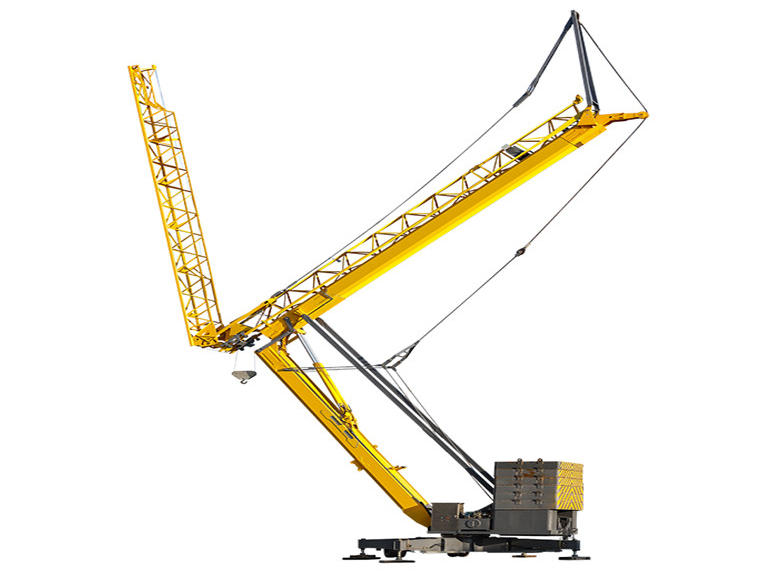What Is Difference Between Tower Crane and Mobile Crane?
A mobile tower crane is a self-erecting crane that is attached to a heavy-duty vehicle and can be driven and set up quickly. They are compact and portable, so they can be used in tight spaces and are often used on smaller construction sites or in areas where space is limited.
Mobile tower cranes are used for: City builds, New build factory sites and chemical plants, Housing construction, Bridge building, and Solar power installation.
Mobile tower cranes combine the strengths of a mobile telescopic crane with those of a conventional static tower crane, and are notable for their quick setup times. They can be ready for lifting at the job site within a few minutes.
Mobile tower cranes have a variable lifting capacity, depending on their size and type. They can lift objects that weigh anywhere from a few hundred pounds to several tons.
Mobile tower cranes are different from tower cranes, which are permanent structures that must be set up on-site and taken down after the job is done.
In construction, agriculture, wind energy, and HVAC installations, selecting the appropriate lifting equipment is paramount. Tower cranes and mobile cranes, while both capable of performing similar lifts, differ significantly in terms of their capabilities, labor needs, and costs.
4 Factors to Consider When Comparing Mobile Cranes and Tower Cranes
When comparing mobile cranes and tower cranes, it's essential to consider the following factors:
1. CAPABILITIES
Tower cranes typically have higher lift capacities and lift height capabilities than mobile cranes, making them the preferred choice for projects that need to lift extremely heavy items to great heights. However, mobile cranes, with lift capacities of up to 500 tons, remain reliable for most project lifts while offering mobility and a compact frame.
2. MOBILITY
Tower cranes are stationary once set up, requiring disassembly and reassembly for relocation. In contrast, mobile cranes can be easily driven around project sites, facilitating positioning for lifts and swift relocation for subsequent lifts. Some models feature large wheels, 4-wheel drive, and steering for navigating challenging surfaces like gravel and mud.
Combining the strengths of a mobile telescopic crane with those of a conventional static tower crane, mobile tower cranes are notable for their quick setup times, and their compact nature means they can be utilised effectively in city centres, urban environments and similarly tight spaces.
3. SETUP TIME
Mobile cranes typically require minimal setup time and can be transported directly to the site in some cases, streamlining logistics. Tower cranes, delivered in sections, necessitate assembly on-site by multiple workers, leading to additional setup costs and logistical considerations.
4. COST
Mobile cranes are generally more cost-effective than tower cranes, depending on the chosen model. Some mobile crane providers also include operator services with rentals, eliminating the need for operator training or hiring. Reduced setup time and enhanced mobility further contribute to the cost-effectiveness of mobile cranes for most projects.
Why Choose Mobile Cranes
Construction teams opt for mobile cranes due to the following advantages:
1. Flexibility and mobility
2. Minimal space requirements
3. Comparable strength to tower cranes
4. Easy setup
Why Choose Mobile Cranes
Tower cranes offer several benefits, including:
1. Highest loading and lifting capacity among cranes
2. Ability to reach heights inaccessible to other cranes
3. Exceptional stability even when handling heavy loads















